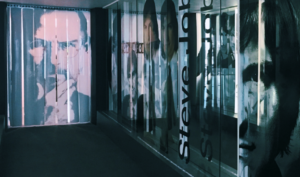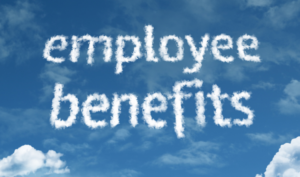
Learning to Take Bad News / A Manager’s Advice for Employees in the Hot Seat
In the early days of my career as a manager at a product development company, I got a Slack message from my boss: “Did you

In the early days of my career as a manager at a product development company, I got a Slack message from my boss: “Did you

If you’re a leader in HR Tech, you want to be known for your expertise and your perspective. That’s how you build trust in your

Video content is everywhere—from newsrooms and social media feeds to the bright lights of Times Square advertisements—and now it’s becoming a staple in the workplace.

November being the penultimate month of the year, there’s a lot to reflect on around HR, talent and the workplace. One caveat to get out

My life’s work is rooted in the power of story. Growing up as an outsider of the dominant cultural groups I was around, I’ve witnessed

Sponsored by Firstup For years, Gallup has tracked global employee engagement. Although the trend line has improved somewhat over the past decade, still only 23% of

Artificial intelligence. Some leaders love it. Some have accepted it. Others still have serious questions about it. But whatever your opinion may be, there is

Let’s go back in time. Way back to 1997. Apple’s high-flying identity as a tech innovator had been seriously tarnished. It certainly wasn’t the global

In the aftermath of the pandemic, employers have received a massive wake-up call — in more ways than one. Who knew so many people would

Imagine this: You’re attending one of your company’s senior staff meetings. The CEO nods and smiles when one executive shares a KPI chart with an

In our constantly changing business environment, one thing remains the same — employees want to hear from their organization’s leaders. People naturally look to decision-makers

In less than 20 years, podcasting has revolutionized the way we consume and engage with informational content, offering a powerful digital platform for individuals to

A strong internal communications function is essential for every company, both culturally and operationally. It helps keep employees aware of relevant news and updates, excited

For most office-based employees, “work” no longer represents a physical location. In fact, 84% of people who worked remotely during the pandemic said they intended

As employee engagement continues to drift downward, organizations everywhere are looking for more efficient, effective ways to connect and communicate with their workforce. This is

Is the benefits information you have to tell employees important before and during Open Enrollment? You bet! Easily understood? Not always. According to the latest

Sponsored by: QuantumWork Advisory In the classic comedy Office Space, Peter Gibbons and his friends have a permanent case of ‘the Mondays.’ Stuck in dead-end

If you’re in HR, no matter your role, you have complex messages to communicate to employees. You also likely have a hard time getting them